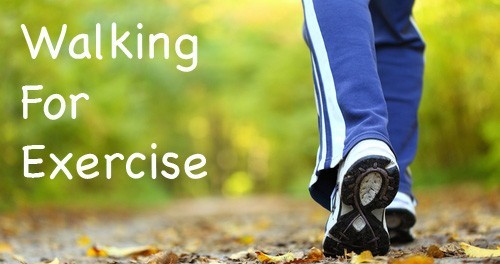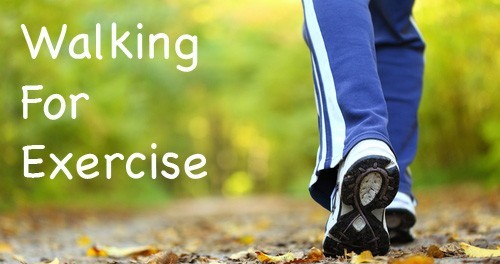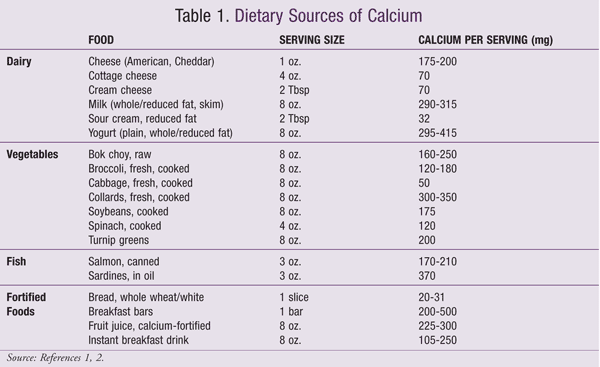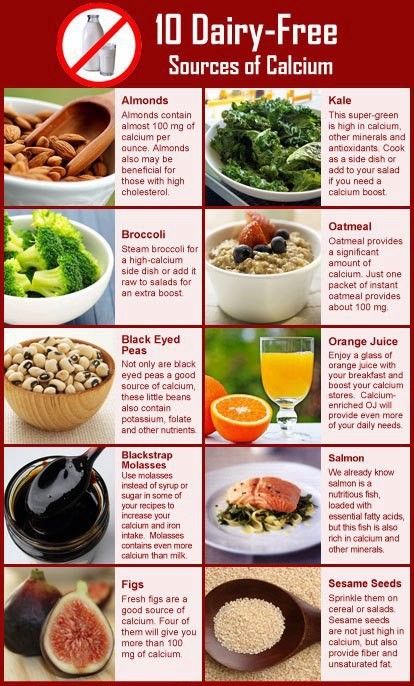Walk Talk Series
Walk Talk Series Day 57 – Live Longer with Exercise and Calcium
Affirmation of the Day
Life is my ritual. I celebrate every moment, every thought I have, every breath I take.
Welcome to Week 9. This week we find out the ways that walking is good for your health
- 45-80 minute walk in the fat-burning zone at 60-70% of your maximum heart rate
- Warm up with 5 minutes at a very easy pace
- Find a safe spot with a wall or pole to do a 5 minute easy stretching routine
- Now resume your walk at a comfortable pace
- End with 5 minutes of gentle stretching
Looking Ahead
How do you see yourself at age 65? 75? 85? 95? Will you continue to walk and exercise?
Live Longer – Exercise 
A study of over 250,000 men and women age 50 to 71 found that getting the recommended amount of moderate exercise (brisk walking for 30 minutes at a time, 5 days a week) cut risk of death by 27%. The recommended amount of intense exercise cut the risk of death by 32%. Those who reported getting any exercise also reduced their risk of death, compared to those who were inactive. This is the first large-scale study to show the effectiveness of the exercise guidelines. The study was published in the December 10, 2007 issue of the Archives of Internal Medicine.
Fit and Fat
The researchers looked at whether those with a high body mass index (indicating overweight or obesity) got the same benefits from exercise as their thinner counterparts. They found that those who were overweight had as much reduction in death risk as those who were lean. Exercise appeared to produce health benefits even if the person didn’t lose weight. The study says, “This suggests the value of regular exercise in promoting longevity not just for normal weight individuals but also for those who are overweight or obese.”
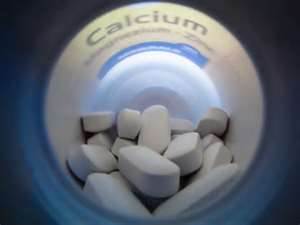 Calcium
Calcium
Calcium is the most plentiful mineral found in the human body. Calcium is one of the most important minerals for the growth, maintenance, and reproduction of the human body. Calcium helps form and maintain healthy teeth and bones. Proper levels of calcium over a lifetime can help prevent osteoporosis.
Calcium helps with blood clotting, nerve signaling, muscle contraction and relaxation, and the release of certain hormones. It is also needed for a normal heartbeat.
Recommendations
Calcium recommendations vary depending on age and special needs. In general, adults should get 1,200 milligrams (mg) of calcium each day. Up to 2,000 – 2,500 mg a day of calcium from dietary sources and supplements appears to be safe. Vitamin D is needed to help the body absorb calcium. When choosing calcium supplements, look for ones that also contain vitamin D. Increased calcium for a limited periods does not normally cause side effects. However, receiving a large amount of calcium over a long period of time raises the risk of kidney stones in some people. The preferred source of calcium is calcium-rich foods such as dairy products.
For children aged 1-2 years, whole milk (4% fat) is recommended. The fat content of dairy products is a concern for adults and children over the age of 2. You can easily reduce the fat content while maintaining the calcium content by selecting low-fat (2% or 1%) or skim milk and other diary products.
Food Sources
Many foods contain calcium, but dairy products are the most significant source. Milk and dairy products such as yogurt, cheeses, and buttermilk contain an efficiently absorbed form of calcium.
The calcium is not contained in the “fat portion” of milk, so removing the fat will not affect the calcium content. In fact, when you replace the fat portion that has been removed with an equal part of skimmed milk, you are actually increasing the calcium content. Therefore, one cup of skim or non-fat milk will have more calcium than one cup of whole milk because almost the entire cup of skim milk is the made up of the calcium-containing portion!
Milk is also a good source of phosphorus and magnesium, which help the body absorb and use the calcium more effectively. Vitamin D is essential for efficient utilization of calcium. Milk is fortified with vitamin D for this reason.
Other dairy products such as yogurt, most cheeses, and buttermilk are excellent sources of calcium and are available in low-fat or fat-free versions.
Green leafy vegetables such as broccoli, collards, kale, mustard greens, turnip greens, and bok choy or Chinese cabbage are good sources of calcium.
Other sources of calcium are salmon and sardines canned with their soft bones. Shellfish, almonds, Brazil nuts, and dried beans are also sources of calcium. It is difficult, however, to eat adequate quantities of these foods to achieve optimal calcium intake.
Calcium is added to several food products, such as breads and orange juice, to make them a significant source of calcium for persons who do not eat a lot of dairy products.

